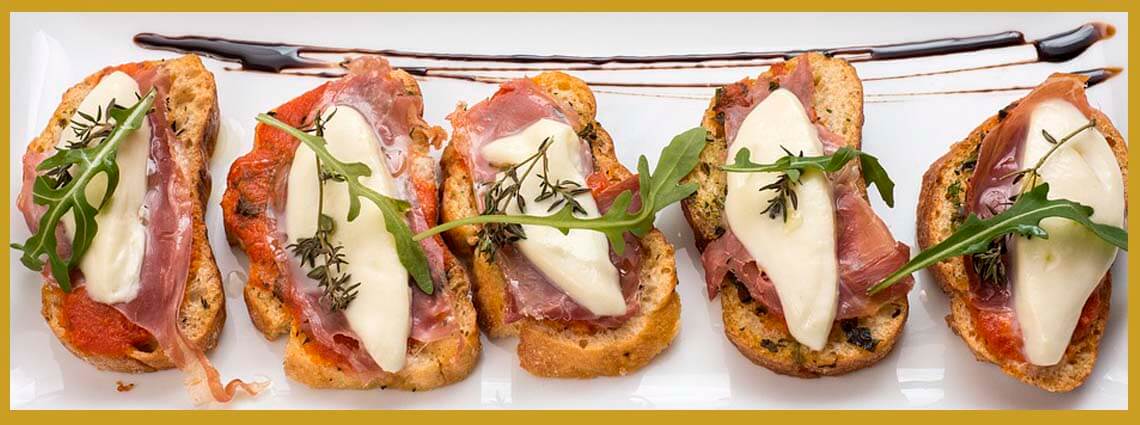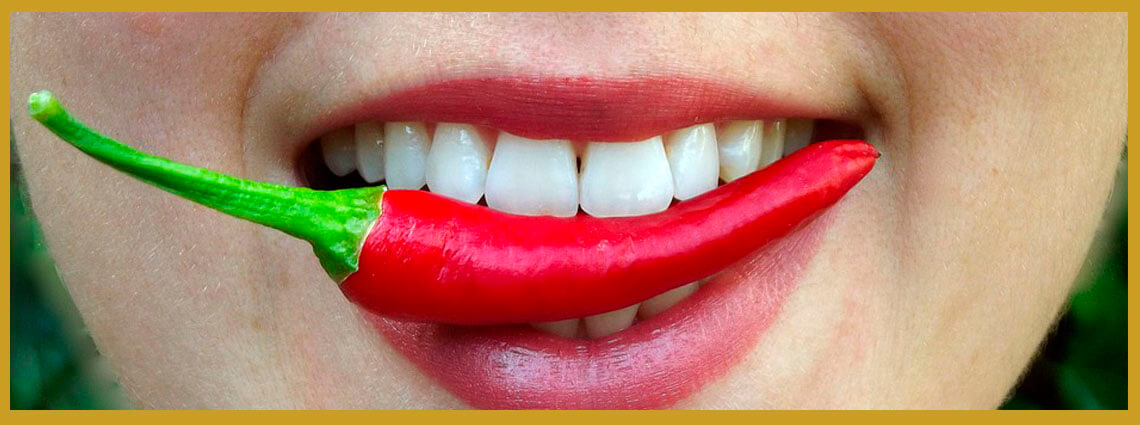- Tips and tricks
- 0 likes
- 11681 views

The olive oil tasting is an activity that is increasingly fashionable. But do you think it's just that? Not at all. The olive oil tastings are quite an experience. Both for your senses and for your knowledge.
Why do you think it is so booming? If you are a lover of quality culinary products and the Mediterranean diet, you already know that olive oil is one of the most important.

Do you like to be the perfect host? Try to surprise with an olive oil tasting party at home. Your guests will never forget it. Get ready to receive a thousand compliments!
In Spain there are many places where you can learn how to taste olive oil. You can run away from a log week at work, and enjoy a weekend getaway to learn all the olive oil secrets.
Doing something different is always good, is not it? It makes you return to the routine with much more optimism and energy. And since you consume this product every day, at home and away from home, when you make an olive oil tasting you will never see this delicious product with the same eyes. You will appreciate it even more! learning how to taste a good olive oil, is something that is priceless.
What is an olive oil tasting?
Tasting means tasting a food or drink to experience the flavor it has and to appreciate the quality of the product. But it can be something even more surprising. Qatar also means experiencing for the first time the incredible sensation, the impression, that evokes a food or drink for the first time.
And that's what the olive oil tasting consist of. In addition to learning how to identify the organoleptic characteristics, ie the virtues and defects of a culinary product, the oil tasting is a sensory phenomenon.
In an olive oil tasting you will learn to distinguish all the peculiarities that the product that you are consuming contains. The nuances that compose it, the different textures and flavors it emits. Something that few people usually know. Would not it be nice to have such a privilege, right?

But the olive oil tasting is much more. They are a sensory experience. A unique experience where you will enjoy the five senses. Sight, touch, hearing, and above all taste and smell. Something that (unfortunately) we are not used to do often.
Enjoying the five senses will make you love our liquid gold more. Go ahead and discover gastronomy from another, much more surprising point of view! Eating will never be the same again. It will be much better.
Olive oil tasting phases
A tasting of olive oil is made up of different phases. All of them centered in a specific sense. To begin, pour some oil in a glass cup which is heated with our hands.
Visual phase
The first thing to observe in an olive oil tasting is the color. A golden yellow olive oil indicates that it is a mature and sweet olive oil. An intense green color informs us that the oil has a bitter touch and is from early harvest.
Everything outside the golden yellow to green range indicates that the oil is defective. Another important aspect of the oil is that it has to be clean and shiny. A cloudy or dark oil tells us that the product is also defective.
Olfactory phase
In this phase of the oil tasting we will differentiate the aroma that it possesses. We cover the glass with our hands and we bend it so that it is impregnated with the oil. This is how aromas are best concentrated.
After a few seconds, we inhale strongly the smell of the glass to recognize the notes of any smell that comes to mind. This phase is very important and determines the following.
It seems impossible to recognize aromas, right? Do not worry because in the olive oil tasting courses, the instructor helps you to detect them.
Gustatory phase
Now we will taste the oil to assess the intensity of the flavor and the sensations that it provokes when tasting it. The oil should impregnate the entire oral cavity so that the taste buds can detect all the flavors well.
The sweet is detected in the front of the tongue and the bitter and spicy in the back and side. A trick you can use to increase the intensity of taste is to suck air with the mouth and nose, so the smell will help in the process. Both senses are intimately related.

Touch phase
With the tongue we will distinguish the consistency and texture of the oil. Depending on the amount of oleic acid you have (which is determined by the variety of olives), the oil may be watery, fluid, pasty or dense.
What are the factors that are measured in an olive oil tasting?
In the olive oil tastings, different components are evaluated.
The aromatic intensity of olive oil
The aromatic intensity of the oil is provided by a series of factors such as the variety of the olive, the date of harvest, the type of crop, how it is harvested, among others. There are different types of aromatic intensity.
Types of intensity of olive oil
Sweet green olive oil. Of greenish color and sweet aromas (like the one of a ripe tomato, a banana or a sweet apple).
Bitter green olive oil. Of greenish color with notes of bitter aromas such as green leaves or green almonds.
Ripe olive oil. More yellow in color with notes of smell reminiscent of ripe (black) olives. This type of oil is best suited for cooking and frying.

What are the descriptors in an olive oil tasting?
As the name suggests, the descriptors describe the organoleptic characteristics of olive oil. They tell you how the product is.
Types of descriptors
Bitter descriptors. The bitter taste is felt in the inner part of the oral cavity. It gives personality oil. Bitterness is an important factor in an olive oil.
Sweet descriptors. The sweet taste predominates. Absence of bitterness and itching. An oil too sweet is considered as flat.
Spicy descriptors. The spicy flavor is another of the most appreciated factors of the oil (and indicates that it is healthier). This sensation is felt in the throat. The late itching favors the pairing of the dishes and brings personality.
Astringent descriptors. It offers a dry sensation that is often described along with bitterness.
If you want to know more about bitterness and pungency, we tell you everything in our blog.
When is it determined that an oil is balanced in an olive oil tasting?
Finally, we must assess the balance of all the sensations that the tasting of olive oil has given us. So we can fully appreciate the product we are consuming.
It is considered that an olive oil is balanced when the descriptors sweet, bitter and spicy do not differ in greater degree from each other.
In the olive oil tasting, a technical sheet is usually filled in which a star is drawn, which is formed depending on the characteristics of the product. The more perfect that star is, the more balanced the olive oil will be.
Do you want to know where you can learn how to taste olive oil? In the European School of Madrid for example. It is a reference point for tasting courses in Madrid. Or if you prefer to travel to the main land of olive oil, you can take an olive oil tasting course at the oil museum in Jaén (Hacienda La Laguna de Baeza).
If you want to know more about how to taste olive oil, do not hesitate to get in touch with us through Oliva del Sur. We are experts in extra virgin olive oil and therefore we have the most qualified staff to advise you about this product.
